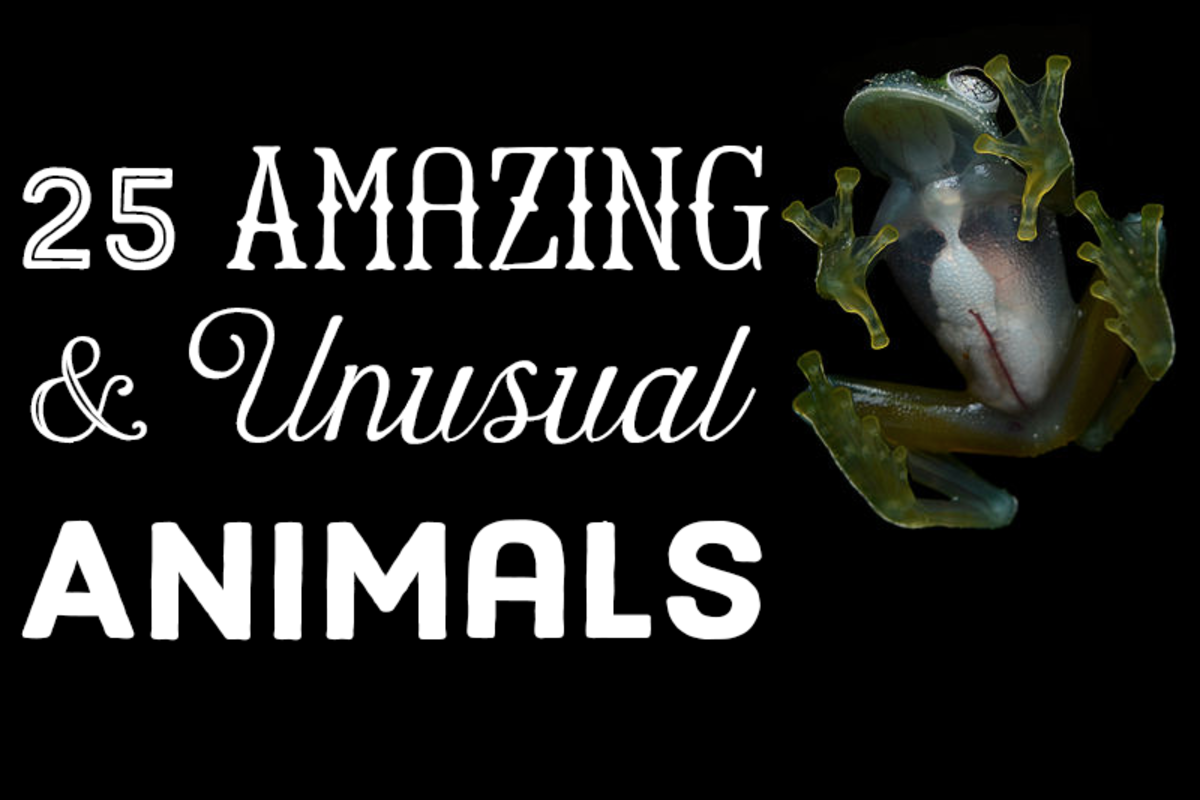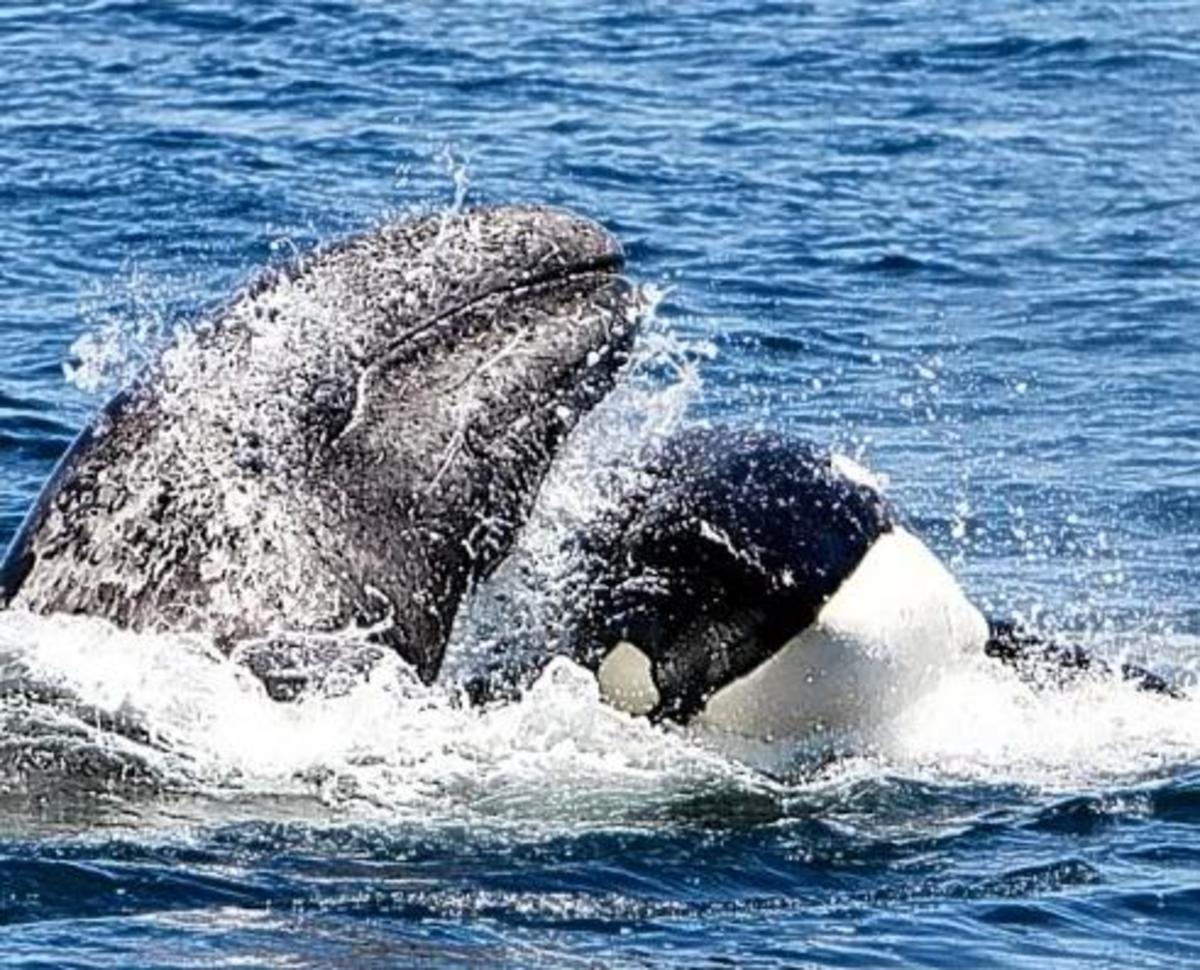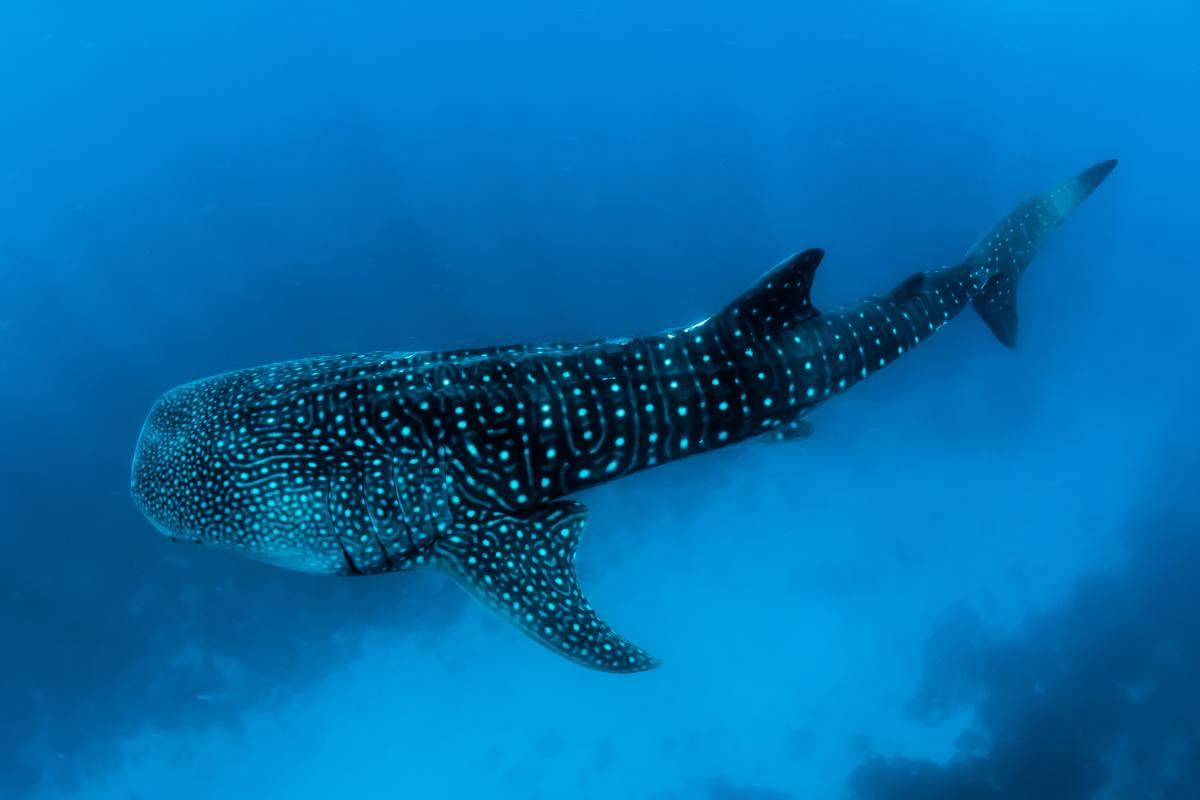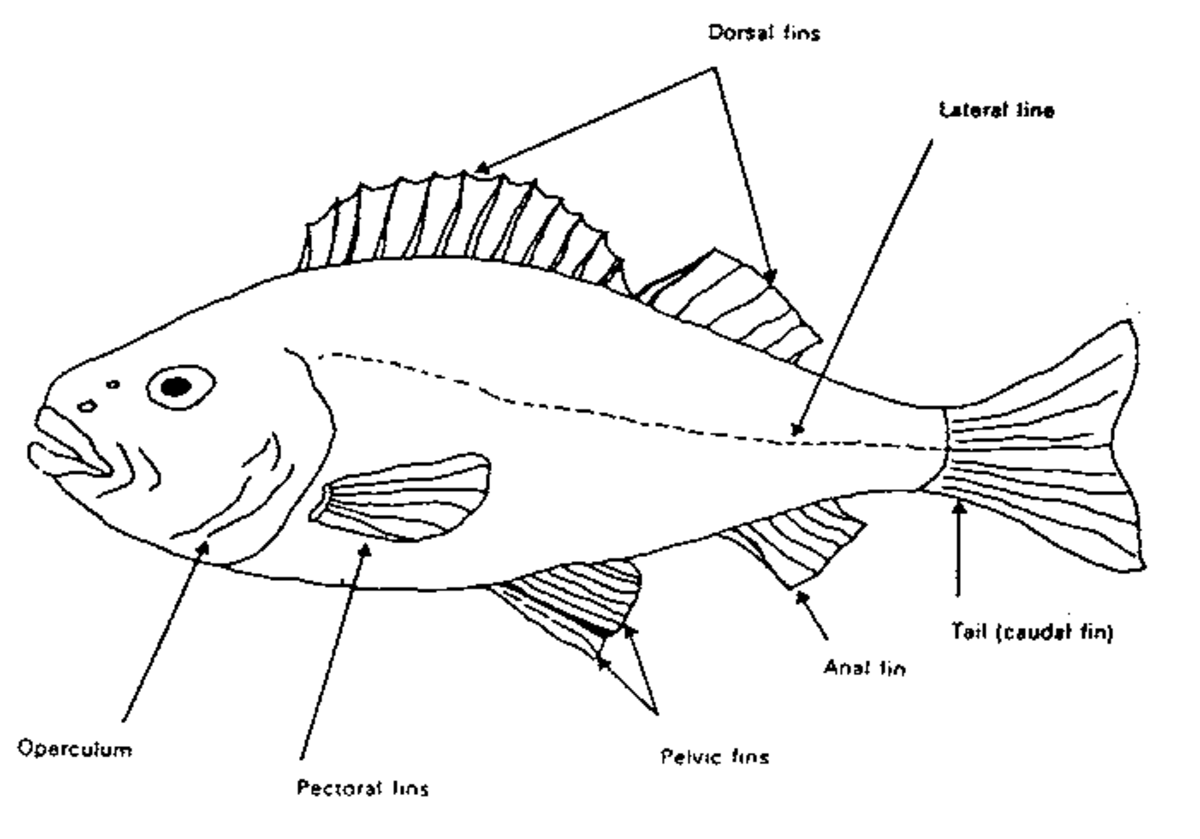- HubPages»
- Education and Science»
- Life Sciences»
- Marine Biology»
- Marine Life
California Sea Lion
Scientific Name: Zalophus californianus
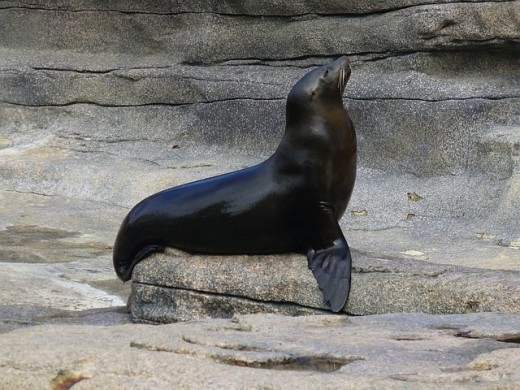
Facts about Sea Lions
- Sea Lion Facts
Sea Lion Facts and Information. Feeding, habitat, distribution, reproduction, anatomy and more. Facts about Species like the California Sea Lion, Steller Sea Lion and many others. - Steller Sea Lion
Sea Lions are very remarkable and easy to identify. The largest of all the different species out there is the Steller Sea Lion. They can grow to be an amazing size. The full grown males have been recorded at about 2,500 pounds and they can easily be
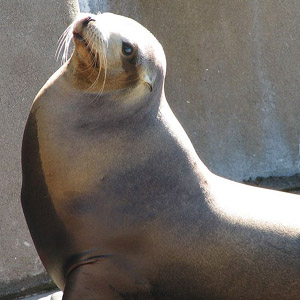
California Sea Lion Description
There are few animals out there that people find more delightful than the California Sea Lion. They are very interesting animals with small ears and very cute faces. They are able to move very well in spite of their large size, a feature that is very different from most types of sea lions. They don’t end up looking slow and awkward on land as most of them do.
This is the only type of sea lion in the world that doesn’t develop a mane. Many experts believe that this is why they males are so large. They are able to attract mates with their size. The adult males can end up being close to 1,000 pounds while the females are only about 350 pounds. The males and the females range in length from 6 to 7 feet, with the males being longer.
California Sea Lion Anatomy
The speed at which these sea lions can move is quite impressive as well. In fact, they are faster than any other species out there. This has to do with the fact that they have a body that is designed for ultimate balance. They can have things on their nose in captivity such a ball. This isn’t some trick that trainers taught it but a natural ability that they take advantage of and put on display.
The fact that they are very flexible also lends to the overall awe and amazement that people have with them. They can bend all the way back to the rear flippers with their faces, even touching them with their nose. The fact that they don’t tip over while doing so is quite a feat in itself!
Many people tend to think the California Sea Lion is overweight. Yet they have a thick middle region due to the many layers of blubber on them. This is a type of fat that helps to keep them warm. It is necessary for these animals to be able to survive in the water without their body temperature being adversely affected.
California Sea Lion Evolution
How these California Sea Lions came to be what we know of them though is a mystery. Due to their agility and flexibility though it is believed that they were able to successfully evolve. They were able to create a life for themselves that involves hunting for food in the water. It is believed that they once were land animals and for some reason they were struggling to find enough food there to survive.
Only time will tell if we are going to someday have all of the answers to these types of questions. The aspect of evolution though continues to have many elements that can be debated. Even the strongest of theories may prove to be incorrect as new evidence comes to light.
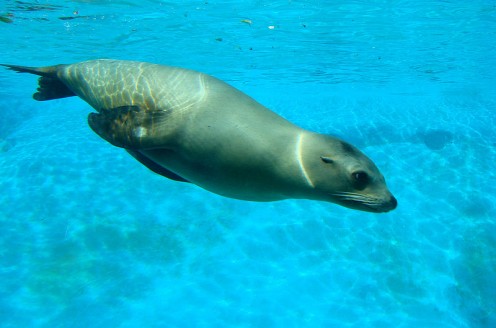
Amazing Animal Facts
- Facts about Polar Bears
Polar Bear Facts and Information. Feeding, habitat, distribution, reproduction, anatomy and more. Also, the conservation efforts made to preserve Polar Bears and how humans have interacted with Polar Bears. - Manatee Facts
Manatee Facts and Information. Feeding, habitat, distribution, reproduction, anatomy and more. Facts about Species like the West Indian Manatee, Amazonian Manatee and others. - Facts about Seals
Facts and Information about Seals. Feeding, habitat, distribution, reproduction, anatomy and more. Facts about Species like the Harbor Seal, Harp Seal, Hawaiian Monk Seal, and many others.
California Sea Lion Behavior
They are very social animals, often using whimpers and barks to communicate with each other. They can be very loud and many of their sounds we haven’t been able to figure out what they mean. They can engage in such forms of communication for hours at a time. The young are able to identify the sound of their mother from birth though so they can get that frequency can drown out the others around them.
They will end in staying very close to each other in their groups as well. This gives them a sense of security and it also helps them to feel protected from predators. This close proximity occurs both on land and in the water. It is an instinct that they have been known to engage in since they were first identified.
California Sea Lions are very intelligent which is why they are so easy to train. This isn’t always done for entertainment purposes though. They are also trained to help with various water exercises of the military Navy branch. They are very good with humans and often quite curious about them.
California Sea Lion Habitat
While most of them do reside around the waters of California, These sea lions are identified in many other locations as well. They include Mexico, Baja, and those that live in the colder regions around Vancouver. More than 50 years ago they also lived along the coast of Japan but those have all been gone for a very long time.
They tend to move around in the water in large groups, looking for food, socializing, and offering each other protection. They can travel quite some distance when they need to in order to find warmer waters or food. However, they tend to stay loyal to their natural environment and will return to it often.
More Animal Facts...
- Killer Whale Facts and Information | Orcinus Orca
Facts about Killer Whales, Habitat, Feeding, Anatomy, Evolution Orca Social Structure, Communication and Orca Conservation - Penguin Facts, Emperor Penguins, Adelie Penguins, King Penguins
Penguin Facts and Information. Feeding, habitat, distribution, reproduction, anatomy and more. Facts about Species like the Emperor Penguin, King Penguin, Humboldt Penguin and many others. - Facts about Whales
Whale Facts and Information. Feeding, habitat, distribution, reproduction, anatomy and more. Facts about Species like the Blue Whale, Humpback Whale, Sperm whale, Beluga Whale and many others.
California Sea Lion Feeding Habits
They are very good at finding food, and that process can require them to spend several hours each day involved with it. They consume various types of food that are amiable including fish, squid, and octopus. They don’t seem to be very picky about it though because they do need to consume lots, especially those that are on the heavier side of the weights.
California Sea Lion Reproduction
The reproduction process for the California Sea Lion is very interesting to say the least. First, the females will be pregnant from the year before when they go to the mating grounds. This takes place on the land instead of in the water. Second, they can delay the actual connecting of the embryo with the uterus so that the offspring will be born a year later instead of 9 months which is the gestation period.
The males will go without food for a very long time during the mating season. To prepare for it they go to land and claim an area. They may fight with other males for the right to certain locations. They can become very aggressive with each other because that is the only way they can mate.
Then as the females come to the shore the males will call out to them. They can have large groups, up to 20 females in them, before it is all said and done. They will allow the females to give birth, nurse for a couple of weeks, and then engage in mating with all of them.
- Ocean Biome Facts
A common belief is that the ocean biome was the first one to exist. More than 3 million years ago the first life forms were able to derive from here.
California Sea Lion Predators
Both the Orca and sharks are the natural predators for the California Sea Lions. They will aggressively hunt for them in certain areas. Since these predators are very territorial they may not come into contact with the sea lions at all. However, due to their own natural environments being affected they may be found in unusual locations from time to time.
While an exact number of them isn’t known, estimates are in the area of 200,000. This means they aren’t at risk of being extinct but those numbers are much less than just a couple of decades ago. The fact that humans continue to invade their natural habitat is a huge problem. The fact that there is so much pollution in the water is another issue that has to be addressed.
Many programs out there have a goal of educating the pubic about the needs of the California Sea Lion. They feel that by doing so they can get more people to make changes to their own habits. Such a small change on a personal level though can make a huge difference if enough people get involved with the process.

